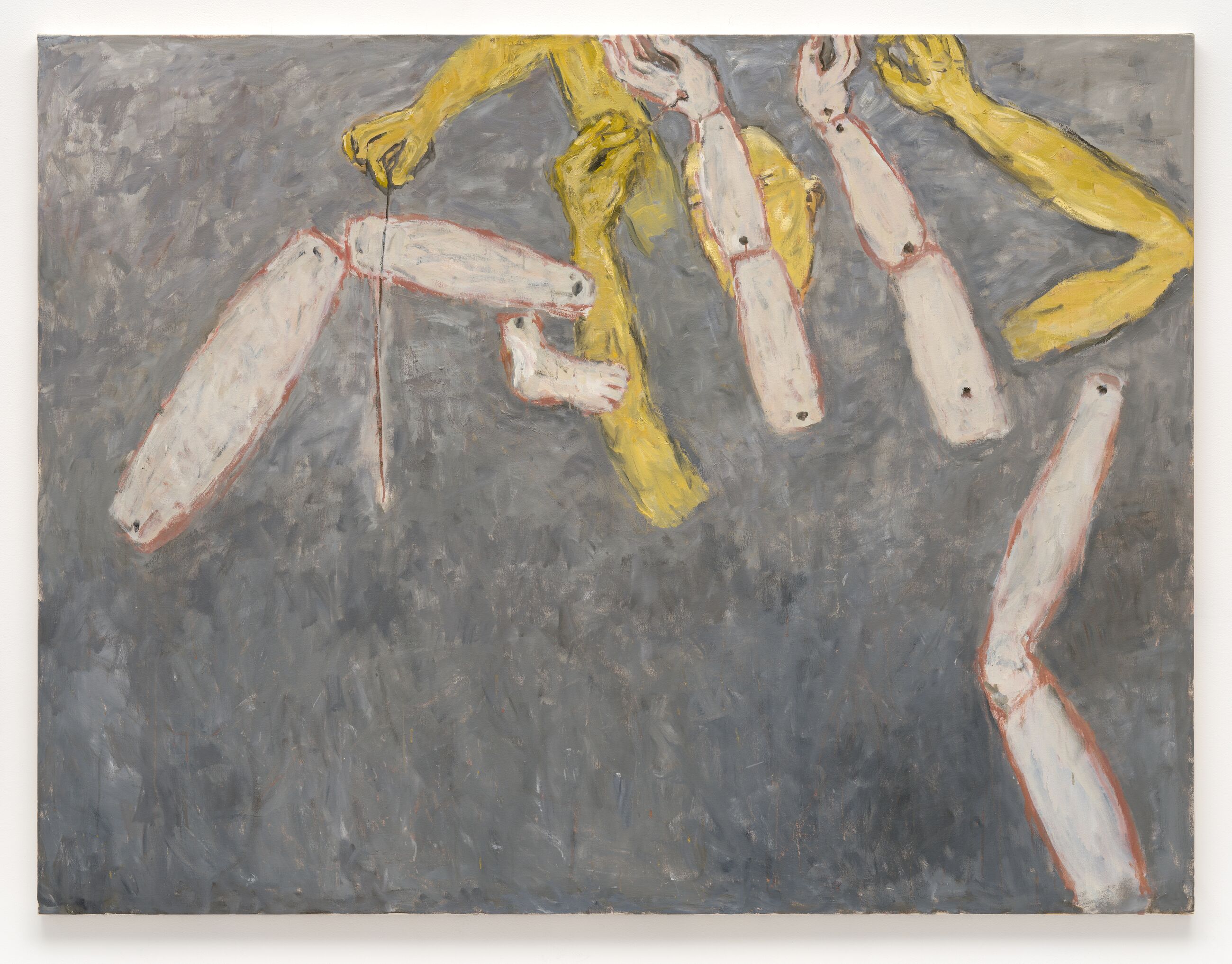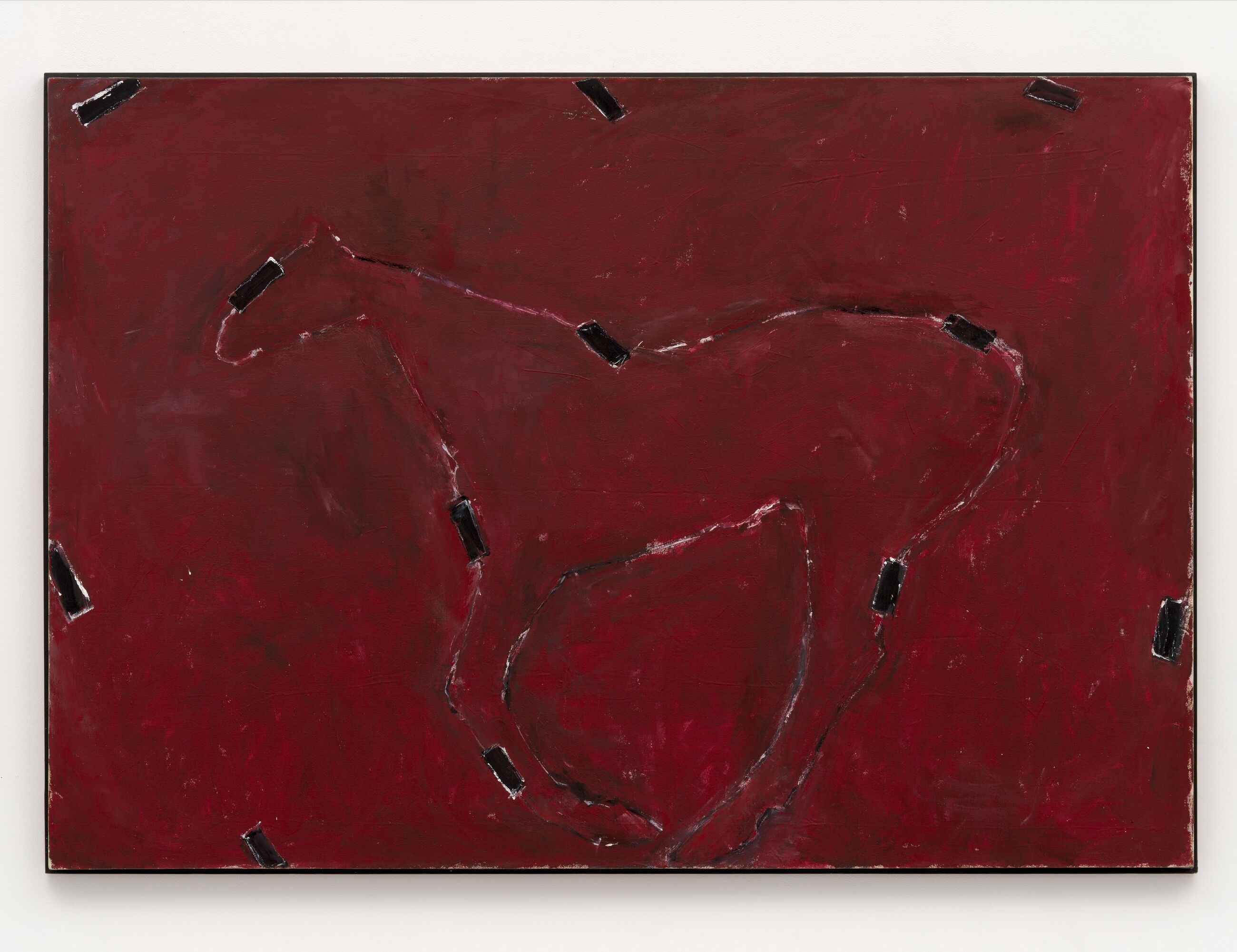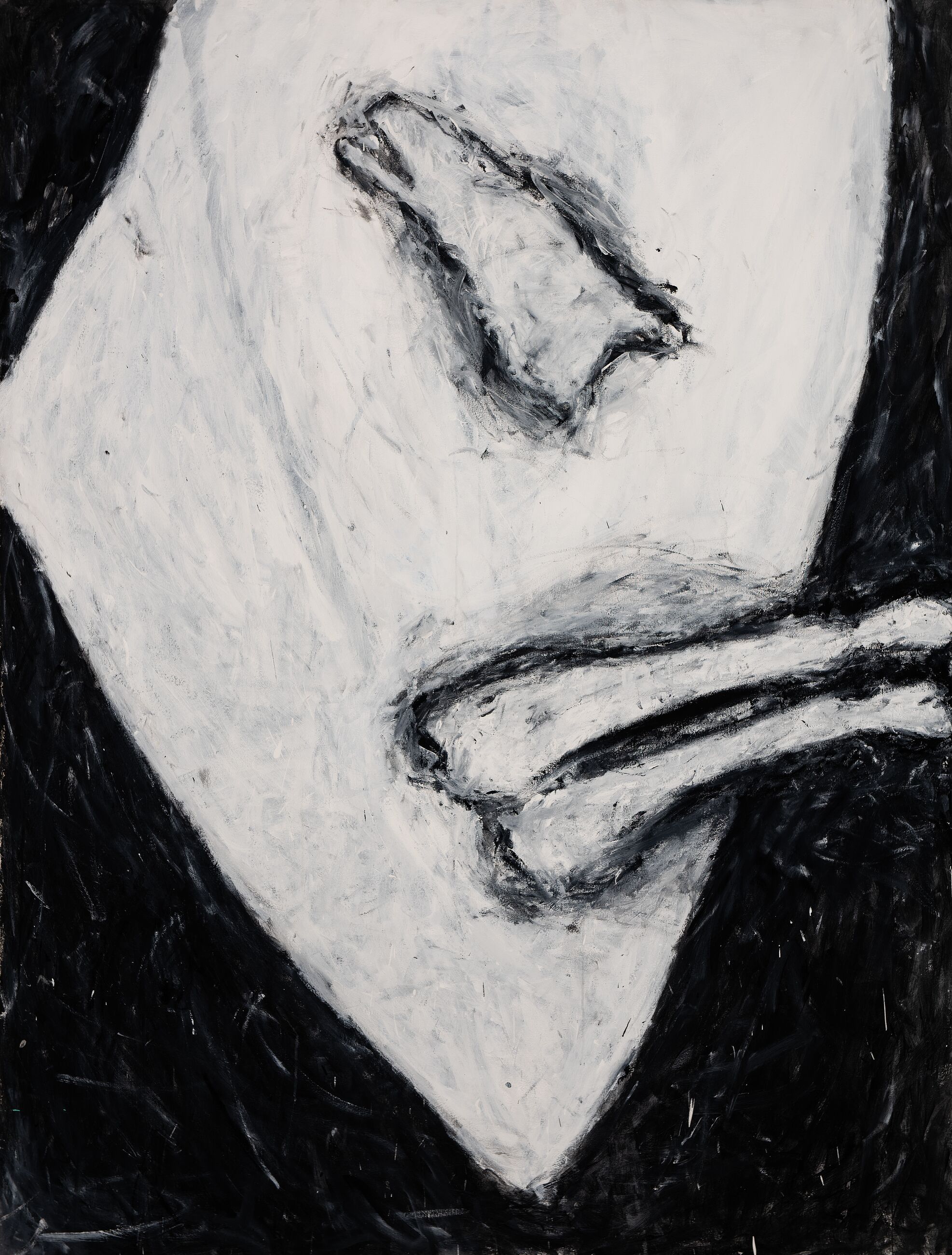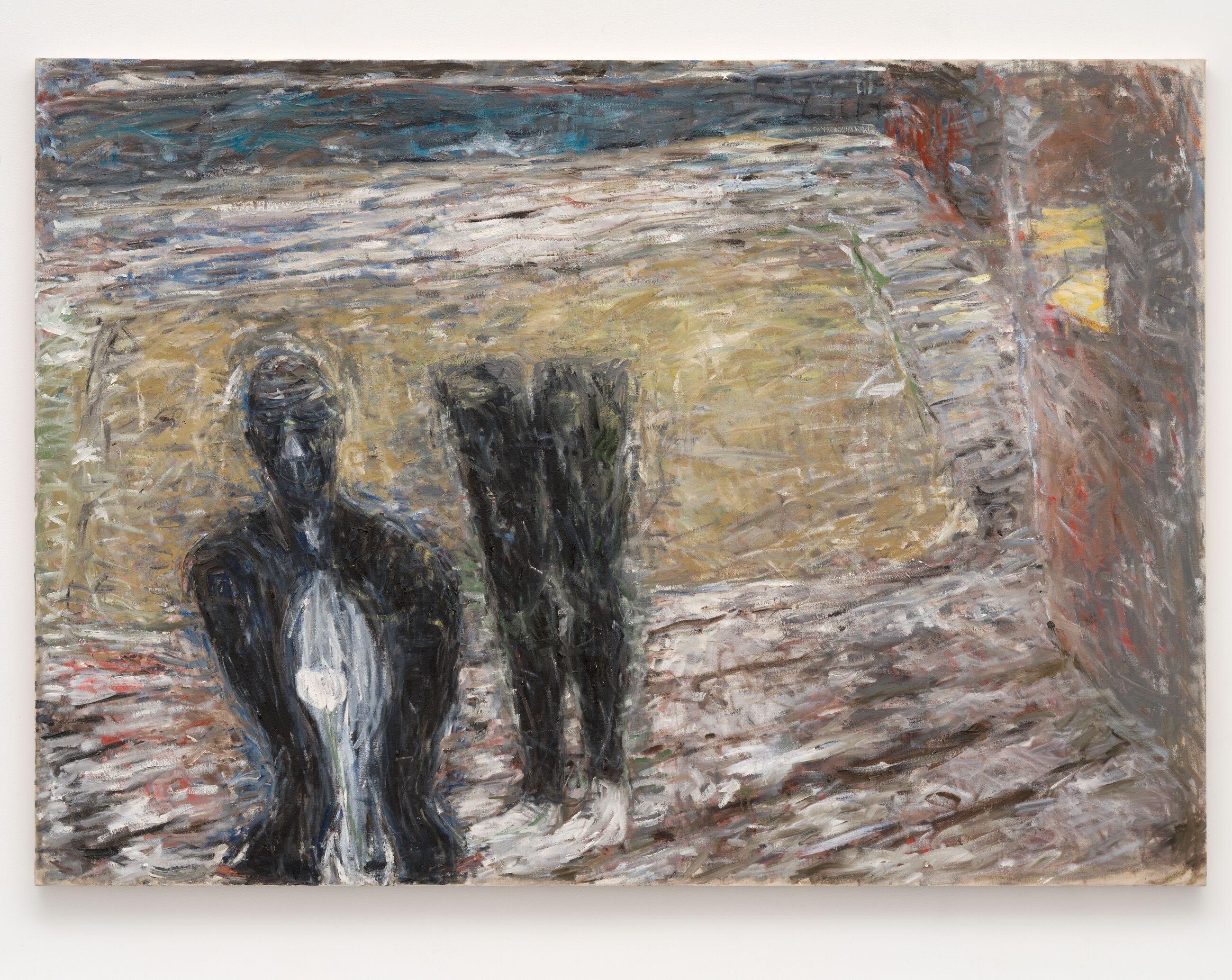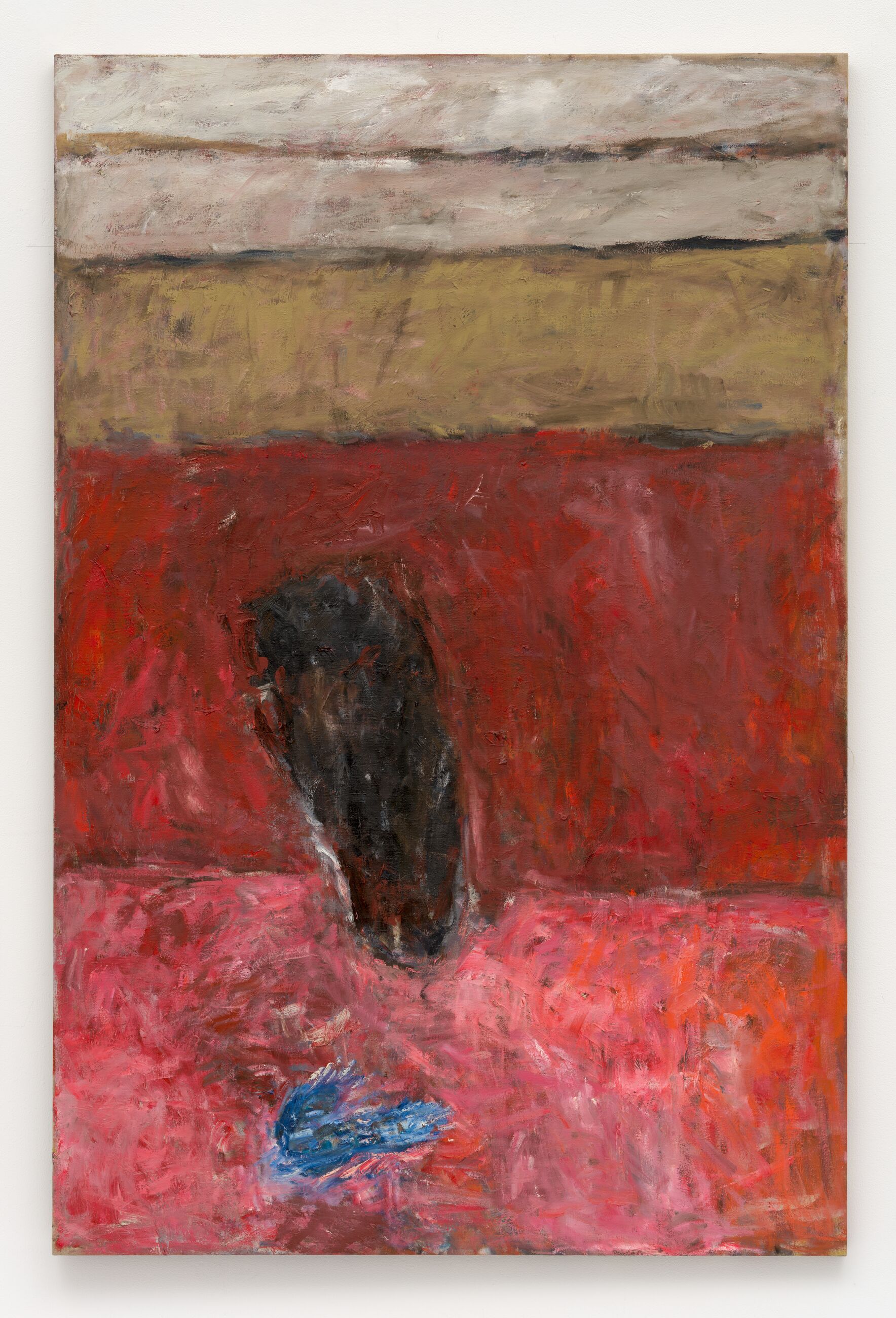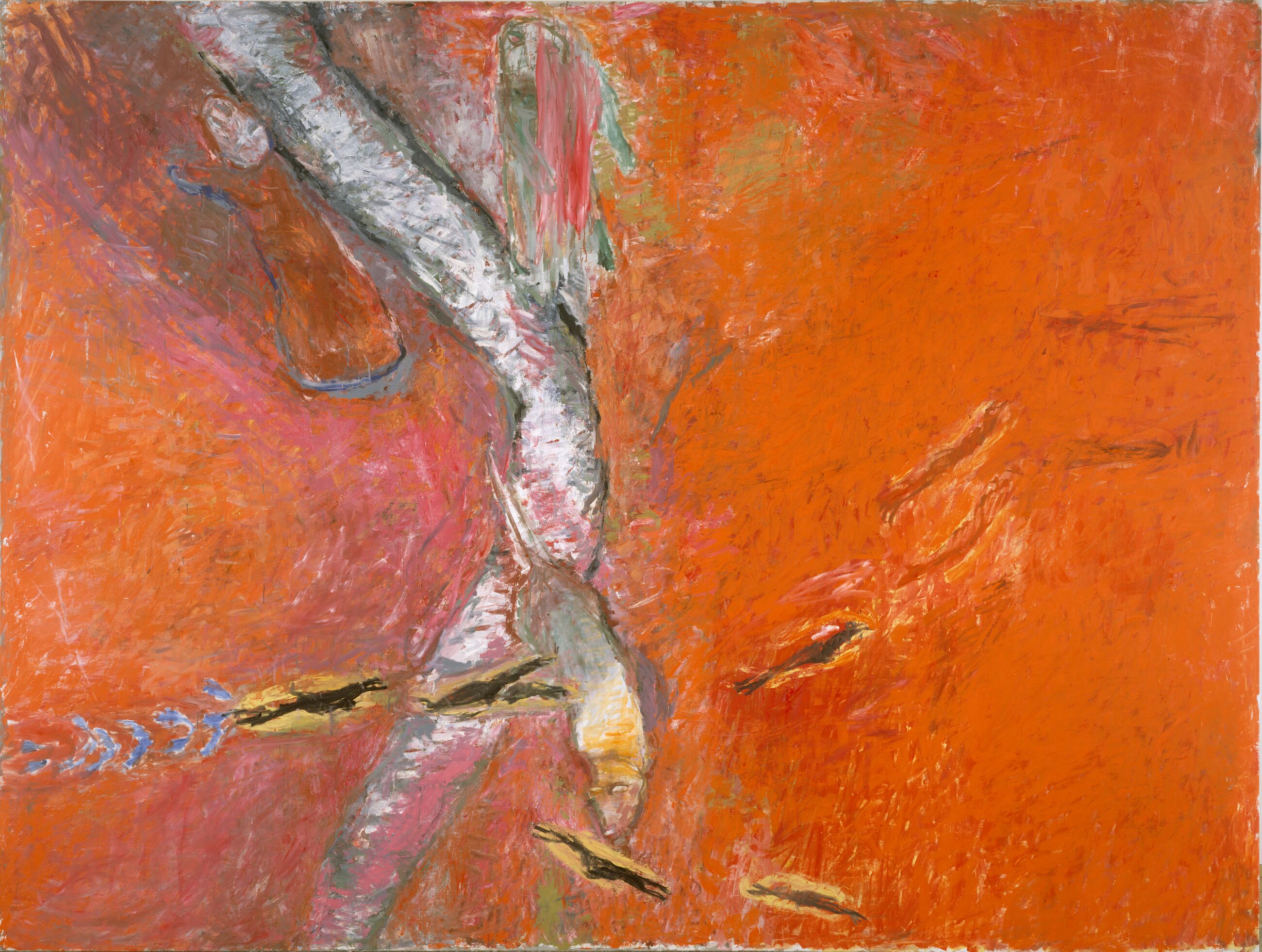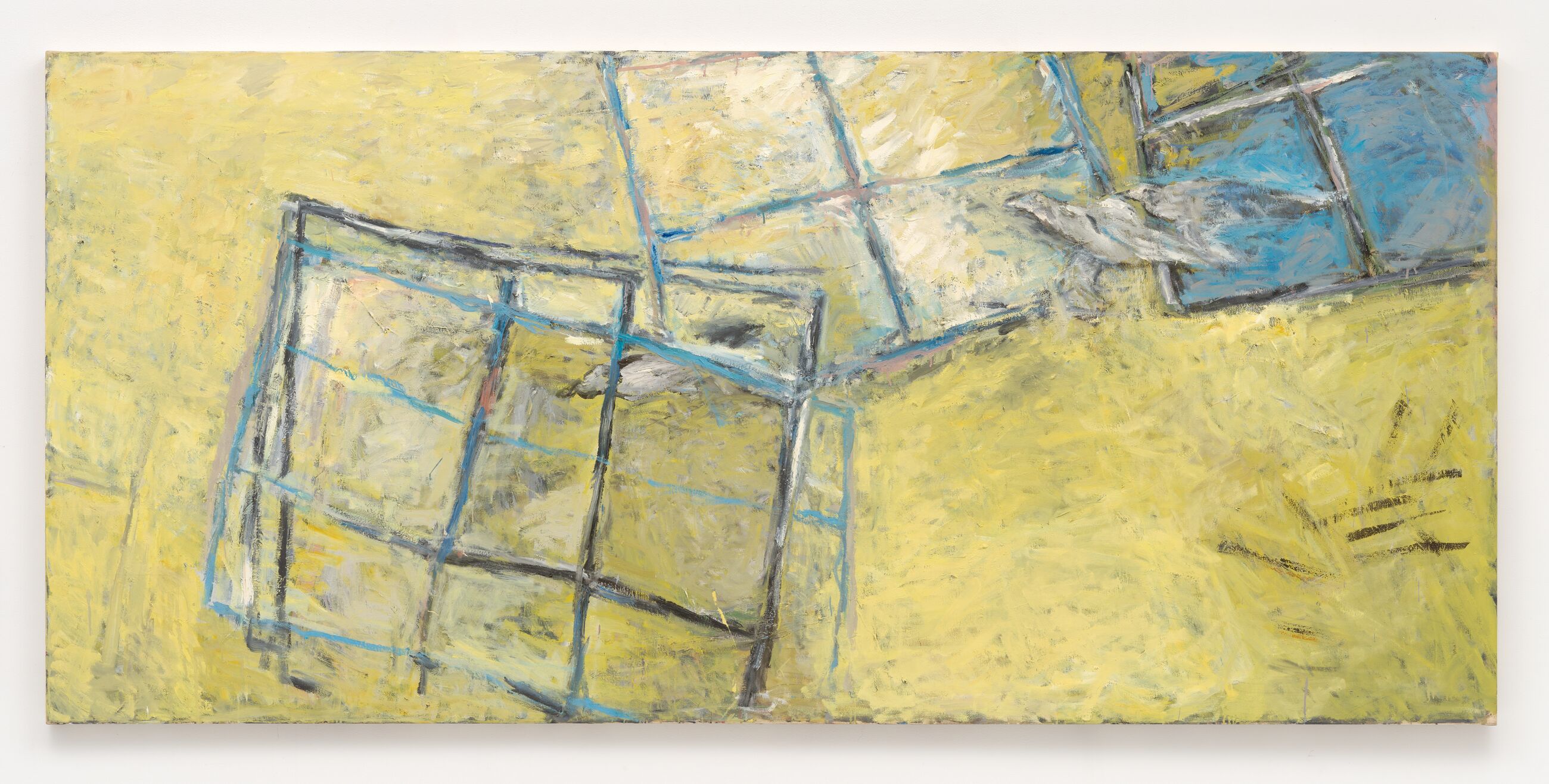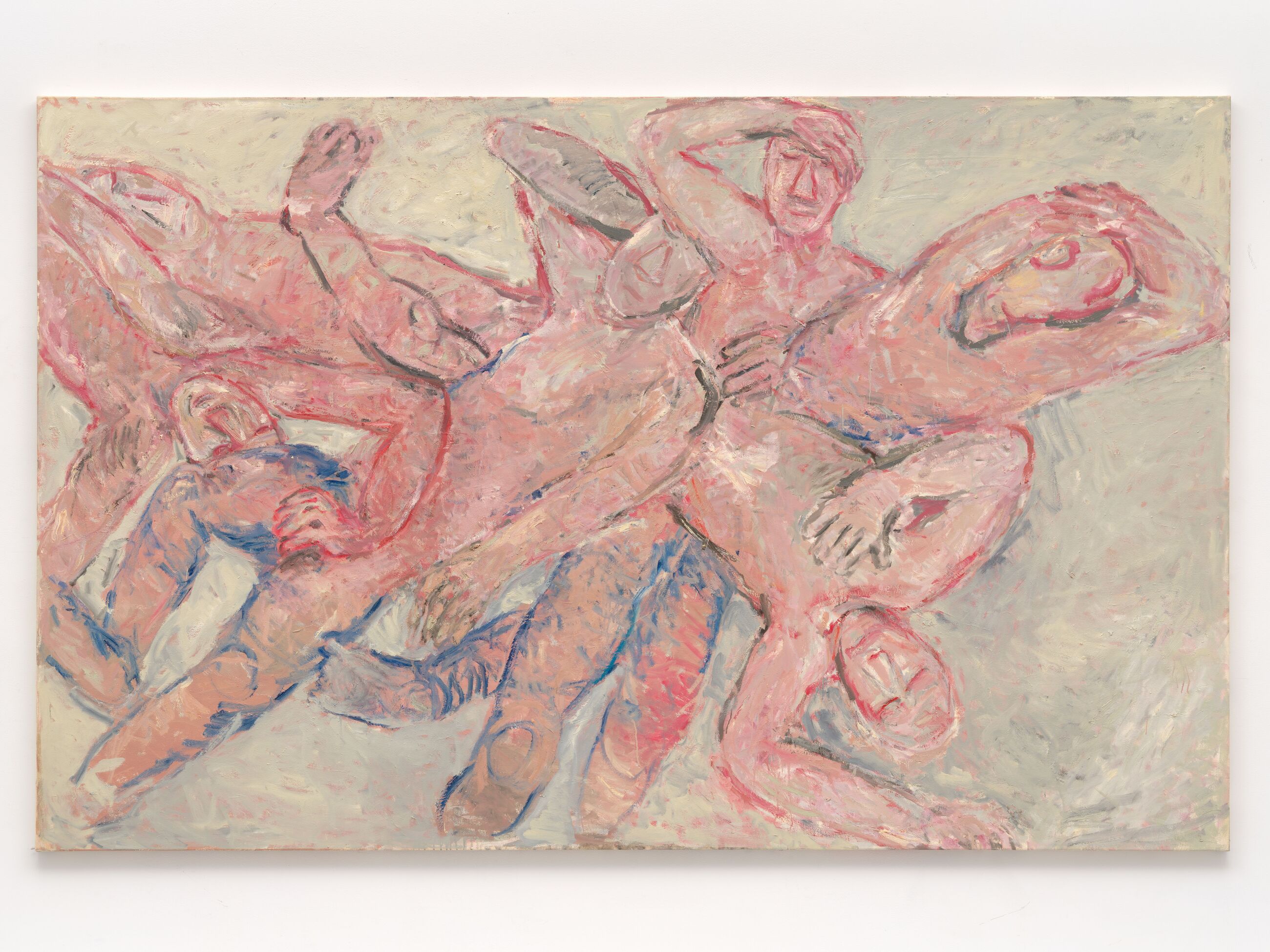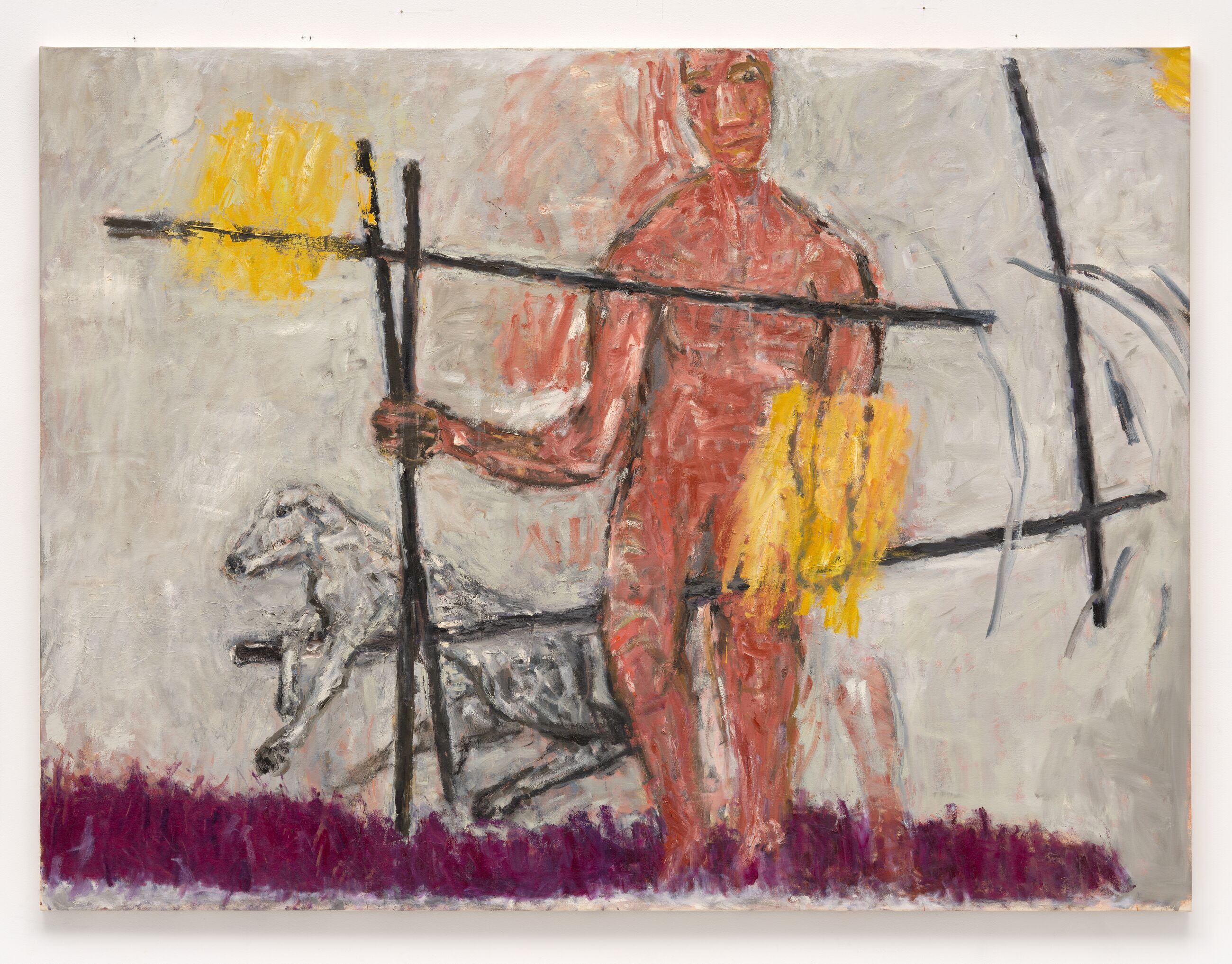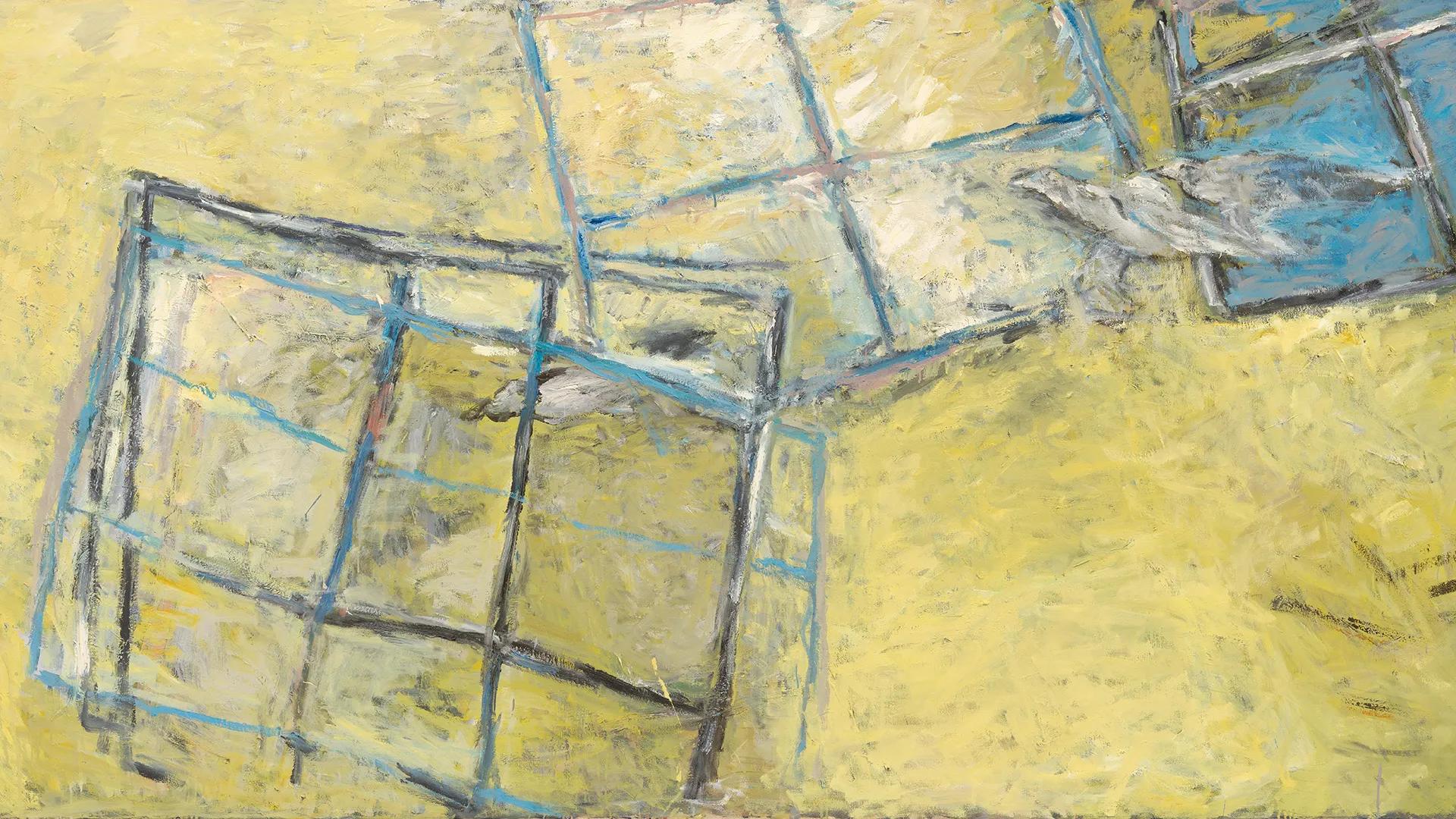
Susan Rothenberg
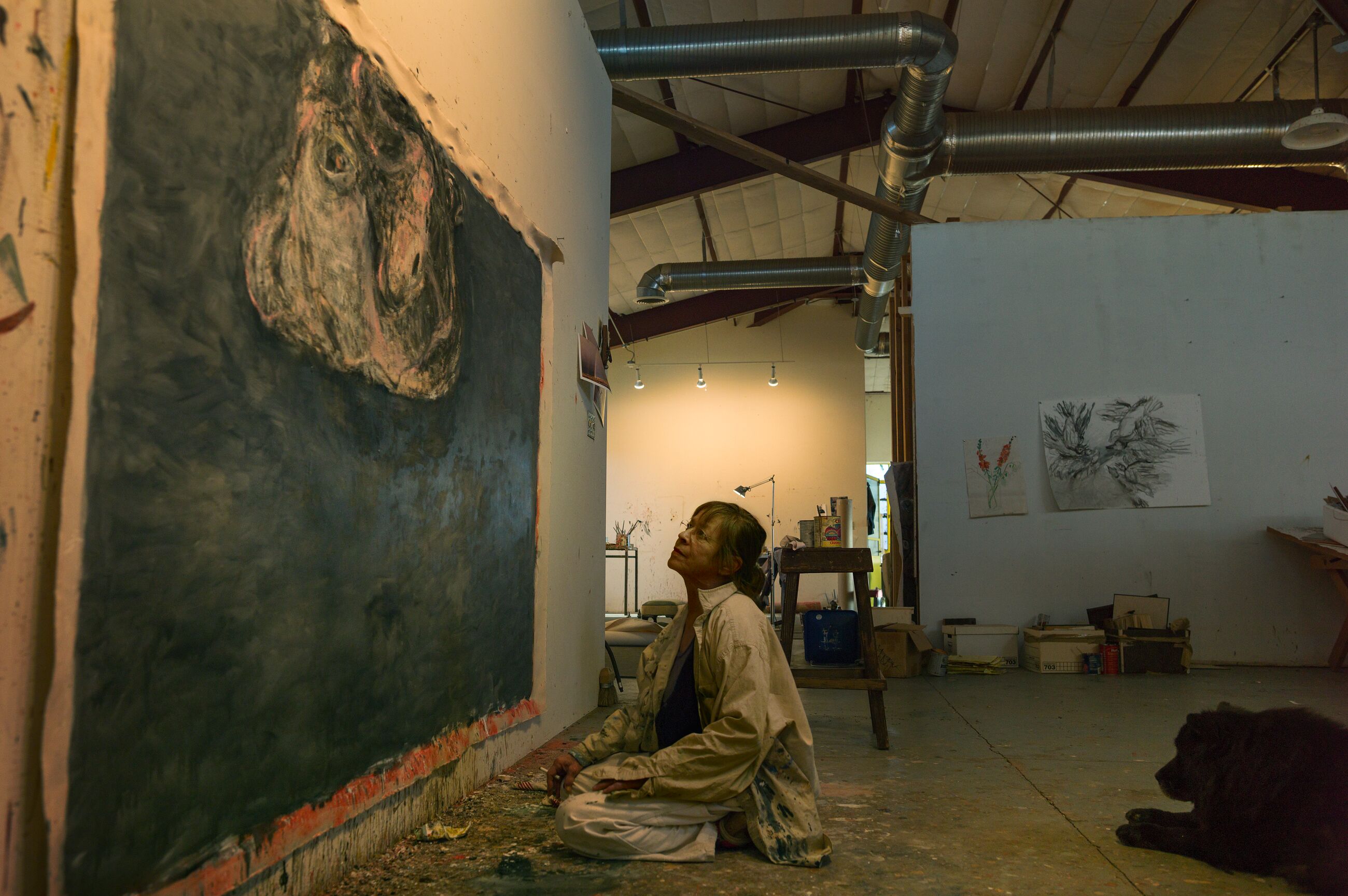
Susan Charna Rothenberg was born in Buffalo, New York, in 1945. She received her BFA from Cornell University in Ithaca, New York, in 1967, having studied painting and sculpture. During and after college, Rothenberg traveled to Greece and Spain, respectively, briefly attending the Corcoran School of Art, then moving in 1969 to New York City, where she lived for the next twenty years.
Rothenberg was energized by the downtown New York art scene of the 1970s, fully immersed in its atmosphere of creative collaboration and cross pollination. She studied dance with Deborah Hay and in her classes met Joan Jonas, performing with both of them and assisting the sculptor Nancy Graves. Rothenberg took up residence in a loft on West Broadway, a building which had also been home to artists Mary Heilmann, Richard Serra, Nancy Graves and Richard Lippold. She met the sculptor George Trakas through Hay’s dance class; they married in 1971 and had a daughter the following year.
In 1975, Rothenberg had her first solo exhibition at the alternative art space 112 Greene Street in SoHo, debuting three large-scale acrylic paintings featuring the horse as her central subject. These groundbreaking early works received widespread critical acclaim. At the time, critic Peter Schjeldahl credited Rothenberg with single-handedly reviving figurative painting. The following year, she started to show with the Willard Gallery in New York and was included in the Whitney Museum of American Art’s 1978 exhibition ‘New Image Painting,’ alongside artists such as Jennifer Bartlett, Neil Jenney and Robert Moskowitz.
Rothenberg’s response to the 1970s cultural climate was distinctly her own—a fusion of color field painting, minimalism and avant-garde dance shaped her aesthetic. She came upon the horse as a motif, realizing, ‘This can be my Jasper Johns flag.’ The discovery allowed her to synthesize insights from the preceding years of formal and intellectual exploration and, in her words, ‘negate painting as much as possible, in terms of illusionism and shadow and composition.’ The horse became her vehicle for pushing the boundaries of painting, exploring expressive gestures and reimagining pictorial space. Rothenberg divided her canvases vertically or diagonally, using these structures to flatten and isolate her horse figures, probing compositional dynamics and formal tensions. Set against minimal, monochromatic backgrounds, the bold contours of her figures resembled glyphs, charged with a kind of primordial force.
In 1980, Rothenberg was included in ‘Drawings: The Pluralist Decade’ at the American Pavilion of the Venice Biennale. Over the next decade, she transitioned from acrylic to oil paint, and her imagery expanded to include isolated body parts—such as heads and hands— human figures in motion, as well as animals and domestic interiors pulled from her immediate environment, memory and imagination. She exhibited widely and famously refused to join group shows where she would be the only woman. In 1988, Rothenberg met Bruce Nauman; they married soon after and in 1990 moved to a ranch in Galisteo, New Mexico. There, the couple designed and built their home and two studios. Her work dramatically shifted to reflect the desert landscape and rhythms of daily life, the experiences of raising animals and walking her dogs across the desert terrain of their property. Influenced by the higher vantage point of the Southwest’s expansive sightlines, she filled her monumental canvases with heavily pigmented, energetic brushstrokes. Drawing from the region’s natural drama, she explained, ‘I’ve taken what I learned outside and brought it into these interiors.’
Despite the wide critical acclaim accorded to her oeuvre, Rothenberg’s art was the subject of only two major survey exhibitions during her lifetime. In 1992 the Albright-Knox Art Gallery, a museum Rothenberg had visited growing up in Buffalo, presented ‘Susan Rothenberg: Paintings and Drawings,’ featuring over 80 works that explored the relationship of drawing to the artist’s paintings going back to the beginning of her career. In 2009, Michael Auping organized ‘Susan Rothenberg: Moving in Place’ at The Modern Art Museum of Fort Worth. That exhibition’s aim was to look back upon the development of the artist’s career from a more holistic and formal standpoint, identifying her distinctive approach to organizing pictorial space regardless of subject matter, reaching well beyond her early, more well-known horse paintings.
Rothenberg’s work is held in many important public and private collections, including at the Albright-Knox Art Gallery, Buffalo, NY; The Museum of Modern Art, NY; Hirshhorn Museum and Sculpture Garden, D.C.; Crystal Bridges Museum of American Art, Bentonville, AK; The Baltimore Museum of Art, Baltimore, MD; Museum of Fine Arts, Boston, MA; Los Angeles County Museum of Art, CA; The Metropolitan Museum of Art, NY; National Gallery of Art, Washington, D.C.; Louisiana Museum of Modern Art, Humlebaek, DK; Stedelijk Museum, Amsterdam; Tate, London; Walker Art Center, Minneapolis, MN; and the Whitney Museum of American Art, NY, among others.
Rothenberg’s work has been the subject of solo exhibitions in institutions and museums worldwide, including at the Kunsthalle Krems, Krems an der Donau, Austria (2025); The Museum of Modern Art, NY (2022); Hall Art Foundation, Kunstmuseum Schloss Derneburg, Germany (2021); Modern Art Museum of Fort Worth, TX (traveling exhibition) (2009-11); MacLaren Art Centre, Ontario, Canada (2000); The Museum of Fine Arts, Boston, MA (1999); Herbert F. Johnson Museum of Art at Cornell University, Ithaca, NY (traveling) (1998-99); Museo de Arte Contemporaneo de Monterrey, Monterrey, Mexico (1996-97); National Museum of Art, Osaka, Japan (1996-97); Virginia Museum of Fine Arts, Richmond, VA (1995); Des Moines Art Center, Des Moines, IA (1992-93); Albright-Knox Art Gallery, Buffalo, NY (traveling) (1992-94); Phillips Collection, Washington D.C (1985); Los Angeles County Museum of Art, (traveling) (1983-85); Akron Art Museum, Akron, OH (1982); Stedelijk Museum, Amsterdam, The Netherlands (1982); Kunsthalle Basel, Basel (1981-82); Walker Art Center, Minneapolis, MN (1978). Rothenberg was part of the American contingent that represented the United States at the Venice Biennale in 1980, and her work was also featured in the 2007 edition. In 1992 she participated in Documenta 9, in Kassel Germany.
Biography
Solo Exhibitions
Group Exhibitions
Awards & Grants
Bibliography
Monographs
Artist’s Books & Writings
Publications
Press
Events
1 / 2
